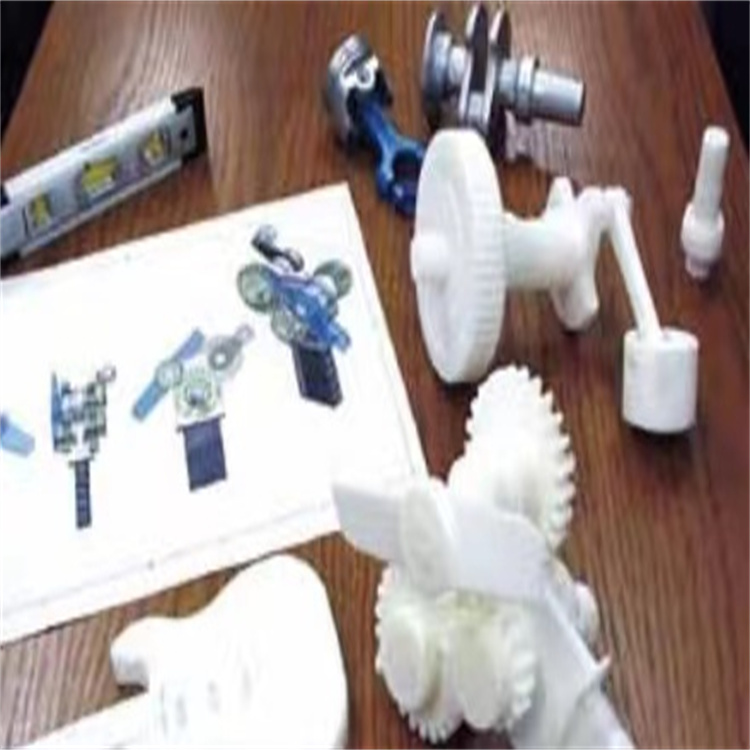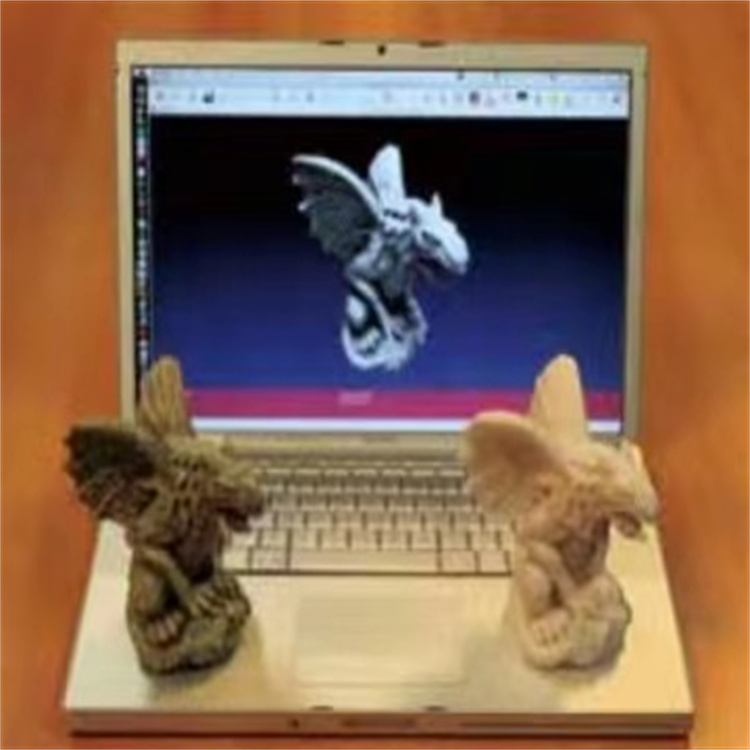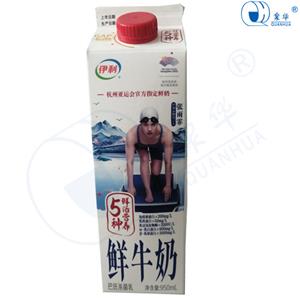3D Printing Technology and Its Development Trend
In recent years, the application of 3D printing technology in industrial product design, especially in the field of digital product model manufacturing, is becoming a trend and a hot topic. The gradual maturity and application of desktop 3D printing equipment has begun to promote the rise of the global 3D printing market. A research report by Global Industry Analysis Inc predicts that the global 3D printing market will reach $2.99 billion in 2018.
I. 3D printing technology and 3D printers
3D printing technology and 3D printing are two completely different concepts. 3D printing is to separate the picture into two pictures of red and blue at different angles, and then overprint the two pictures together according to the specified parallax distance, and watch them with special glasses to form a 3D visual effect, or after the pictures are specially processed, Printing technology that prints directly on a special lenticular plate to present a 3D visual effect. The 3D printing technology refers to the use of three-dimensional inkjet printing technology, through the combination of layered processing and superposition forming, to increase the material layer by layer to generate a 3D entity, to achieve the same 3D real object as other 3D model manufacturing technologies such as laser forming. digital manufacturing technology. 3D printers can be divided into two categories according to the different technologies used:
1. 3D printer based on 3D printing technology
The 3D printer based on 3D printing technology first sends a certain amount of raw material powder from the storage barrel, the powder is pushed into a thin layer by the roller on the processing platform, and then the print head sprays a special adhesive in the area to be formed. At this time, the powder that encounters the binder will quickly solidify and bond, while the powder that does not encounter the binder remains loose. After each layer is sprayed, the processing platform will automatically drop a little bit, and it will continue to circulate according to the results of computer slicing until the real object is completed. After completion, simply sweep away the loose outer layer of powder to obtain the desired three-dimensional object.
2. 3D printer based on fused deposition manufacturing technology
The working principle of the 3D printer based on fused deposition manufacturing technology is to import the physical data generated by CAD into the control software of the 3D printer, and then process it to generate the moving path of the support material and the thermal nozzle. Then, under the control of the computer, the thermal nozzle will move on the printing plane according to the cross-sectional profile information of the object. At the same time, the thermoplastic filamentary material will be sent to the thermal nozzle by the filament supply mechanism, and heated and melted into a semi-liquid state in the nozzle and then extruded. out, and spray on the corresponding work platform. After the sprayed thermoplastic material is rapidly cooled, a contour sheet with a thickness of about 0.1 mm is formed on the platform, forming a 3D printed section. This operation process is continuously cycled, and the height of the carrying table is continuously reduced, and the layers of cladding 3D printing sections form a multi-layer stack, and finally the required three-dimensional objects are obtained.

II. Application requirements of 3D printing technology
At present, 3D printing technology supports a variety of materials and can be widely used in different fields such as jewelry, footwear, industrial design, architecture, automobile, aerospace, dentistry, medical and even food. Materials used are resin, nylon, gypsum, ABS, polycarbonate (PC) or food ingredients, depending on the needs of the application target. The rapid prototyping technology of 3D printers makes it unique in the market and has great potential in production applications. The hot applications are summarized as follows.
1. Industrial application
The "Air Bike" is the world's first printed bicycle produced by the European Aeronautical Defense and Aerospace Company in Bristol, UK, using 3D printers and 3D printing technology. The bike uses nylon, which is as strong as steel and aluminum, and is 65 percent lighter than metal. What's more interesting is that the "air bike", whether it is the wheel, the chain or the bearing, is printed at one time, without the original assembly process of manufacturing the parts and then assembling the parts together. After the printing is completed, the bicycle can move freely. The process of making a bicycle is as simple as printing discontinuous lines in a flat print, a 3D printer capable of printing objects that are spatially disconnected from each other.

2. Medical applications
In medicine, the combination of two-photon polymers and biofunctional materials is modified into capillaries by 3D printing, which not only has good elasticity and human compatibility, but also can be used to replace necrotic blood vessels, combined with artificial organs, and partially replace drugs Experimental animals in development. At the BiotechnicalFair in Germany in October 2011, the artificial capillaries printed by 3D printers attracted the attention of the participants. These artificial capillaries have been applied in clinical medicine.
3. Daily life application
"3D food printer" is a food manufacturing equipment developed by Cornell University in New York. This "3D food printer" uses a working principle similar to that of a daily computer printer. The ingredients and ingredients are put into the container (cartridge) in advance. Just enter the required recipe, and the food can be "printed" through the supporting CAD software. "come out. For many chefs, this new cooking utensil means that they can create new dishes, create more personalized dishes, and obtain higher added value of food. Using a "3D food printer" to make food can greatly reduce the link from raw materials to finished products, thereby avoiding adverse effects such as contamination and preservation in food processing, transportation, and packaging. Since the ingredients and ingredients for cooking must be placed in the container of the printer, the food ingredients must be in a liquid or other state that can be "printed".
4. IT applications
Recently, a group of researchers from Disney used 3D printing technology to print an LCD screen and a variety of sensors on a highly transparent plastic with the same effect as plexiglass at a low cost, achieving a new breakthrough in IT applications. Using 3D printed light pipes, high-tech chess pieces can be created that detect and display their current positions.
Although this monochrome screen is insignificant compared to the colorful displays seen in daily life, it has the advantages of low cost and simple manufacturing process of 3D printing technology. In addition to the display, a variety of sensors can be printed using 3D printing technology. These sensors can detect touch, vibration and other stimuli through infrared light, and output the results. 3D printing technology will surely create more IT applications for smart life and smart city.
III. The development trend of 3D printing technology
In recent years, 3D printing technology has continued to develop, and the substantial reduction in cost has made it enter the mainstream market from the niche space of research and development. The application of models, gifts, souvenirs and even handicrafts made by 3D printing has greatly attracted social attention and investment. The development has accelerated, and the market has begun to show a double leap in quantity and quality. It is predicted that 3D printed finished products will account for 50% of the total product production in 2020.
In December 2012, Vice Minister Su Bo of the Ministry of Industry and Information Technology publicly stated that he would promote the industrialization of 3D printing, formulate a roadmap and medium and long-term development strategies, and increase the guidance of fiscal and taxation policies. According to the "Shanghai Securities News" report, the current 3D printing-related strategic plan is being researched and formulated, and it is expected to be announced after the two sessions. At the same time, the local government has taken the lead. my country's first 3D printing industrial park will be located in Wuhan East Lake High-tech Zone. At present, the Wuhan Municipal Development and Reform Commission and other departments are conducting a thorough investigation of the 3D printing industry, and plan to prepare a plan and provide support and cultivation. Dongguan has also written the development of 3D printing into this year's local government work report. Shi Yusheng, director of the Rapid Manufacturing Center of Huazhong University of Science and Technology, the earliest research and development of 3D printing technology in China, predicts that the product design blueprint will be completed on the computer in the next 10 years, and the 3D printer will be able to print out the designed model bit by bit by pressing the "print" button. . Now some foundry companies have begun to develop selective laser sintering 3D printers and their applications, trying to shorten the lead time of complex castings from 3 months to 10 days. The engine manufacturer has shortened the development cycle of the sand core for the cylinder head of a large six-cylinder diesel engine from the past five months to one week through 3D printing technology. Shi Yusheng said: "The biggest advantage of 3D printing technology is that it can expand the imagination of designers. As long as things can be designed into three-dimensional graphics on the computer, whether it is clothing with different shapes, exquisite handicrafts, or personalized cars, as long as After solving the material problem, 3D printing can be achieved.”
With the continuous breakthrough of 3D printing technology, the improvement of new materials, the continuous improvement of the speed and size of 3D printing, the continuous optimization of its technology, the continuous expansion of application fields, especially the potential in the field of graphic arts, the three-dimensional conceptual model To better convey the creator's idea or solution, a picture can be better than a description of hundreds or even thousands of words. Professionals firmly believe that personalized or customized 3D printing can put an imaginary 3D model in front of your eyes instantly, can quickly improve products, the growth rate will exceed imagination, and it will change the future of various applications in society.
3D printing technology will eliminate traditional production lines, shorten the production cycle, greatly reduce production waste, and reduce the amount of raw materials required to a fraction of the original. 3D printing will not only save costs and improve production accuracy, but will also make up for the shortcomings of traditional manufacturing, and will rapidly rise in the civilian market, thus opening a new era of manufacturing and bringing new opportunities and hopes to the printing industry.




